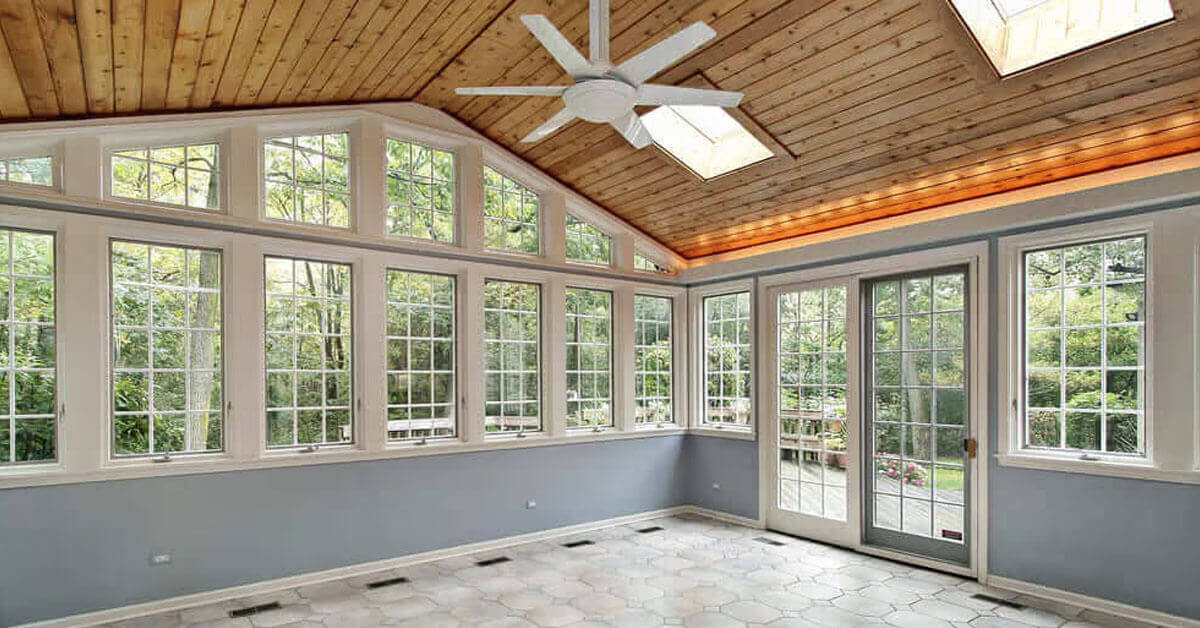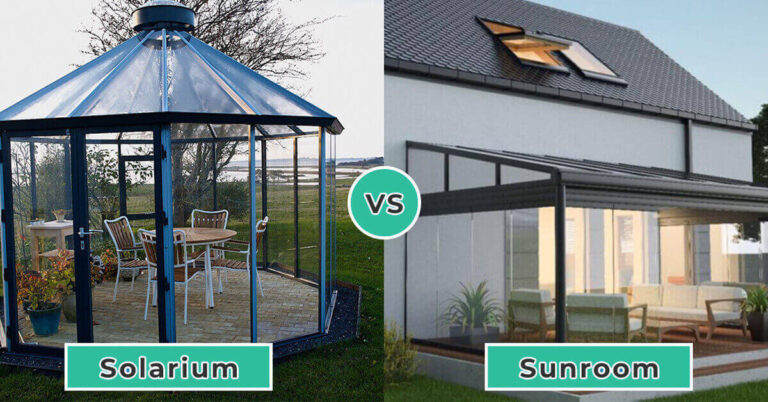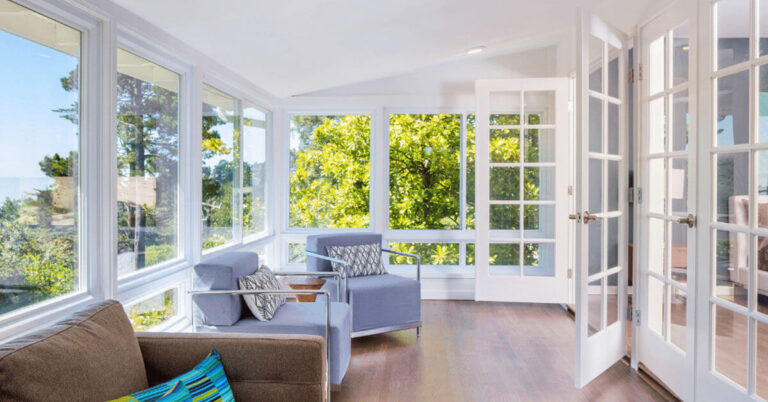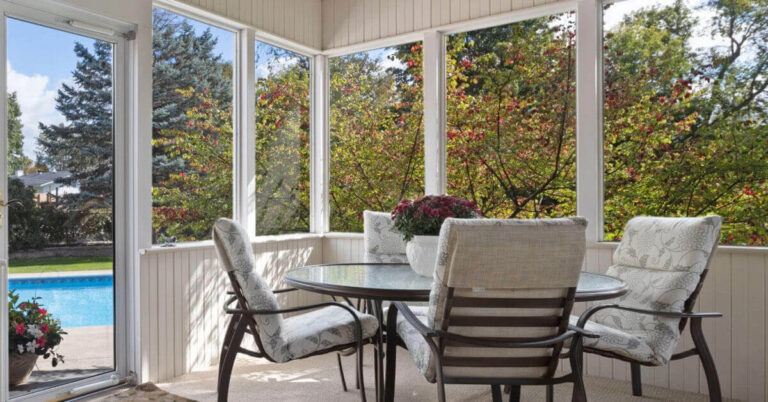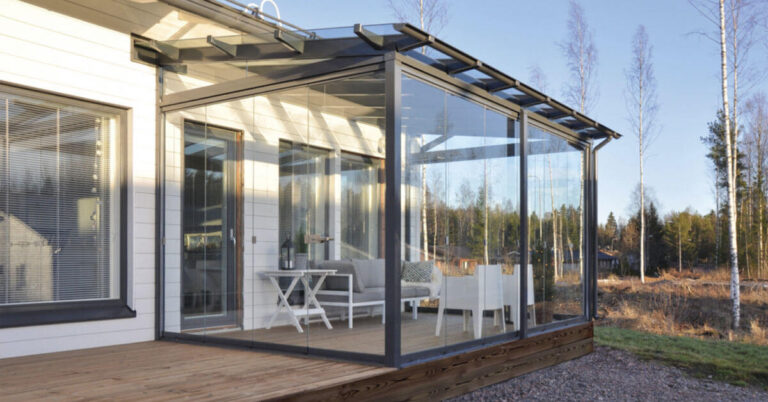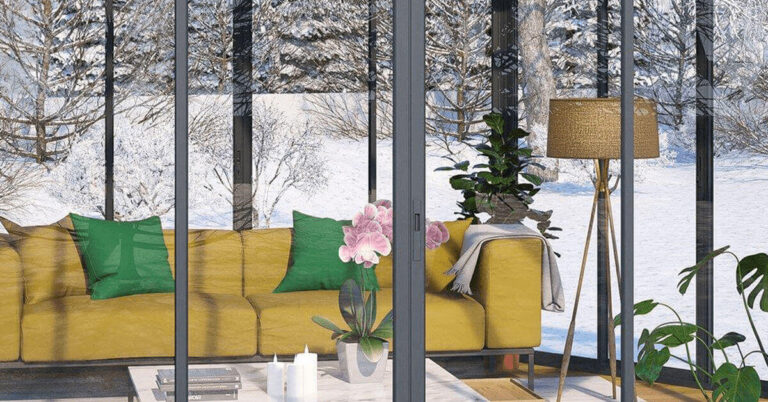Are Sunrooms Energy Efficient?
Absolutely! When done right, sunrooms can be quite energy efficient, offering a cozy space to enjoy natural light without skyrocketing your energy bills. The key lies in the design, materials, and installation methods used.
Understanding Sunroom Efficiency
Sunrooms are more than just glass enclosures; they can be designed to minimize heat loss in winter and reduce heat gain in summer. Here’s how you can make your sunroom energy efficient:
1. Quality Materials Matter
Using high-quality materials is crucial. Opt for double-paned windows with low-emissivity (Low-E) glass, which helps keep the heat inside during winter and blocks excessive heat in summer. This type of glazing can significantly improve your sunroom’s energy efficiency by reducing heat transfer.
2. Insulation is Key
Proper insulation in walls, ceilings, and floors is essential. Without it, you might find your sunroom too hot in the summer and too cold in the winter. High-performance insulation materials like spray foam or fiberglass can make a big difference.
3. Strategic Orientation
The orientation of your sunroom plays a huge role in its energy efficiency. A south-facing sunroom will capture more sunlight throughout the day, helping to naturally heat the space during colder months.
4. Ventilation and Airflow
Good ventilation helps regulate temperature and humidity levels inside the sunroom. Installing operable vents at the top and bottom allows for better air circulation, which can help maintain a comfortable environment year-round.
5. Smart Design Choices
Incorporating elements like ceiling fans or window shades can enhance comfort levels while reducing reliance on heating or cooling systems. These features allow you to manage temperature fluctuations effectively.
FAQ
Are all sunrooms energy efficient?
Not all sunrooms are created equal. The efficiency largely depends on how they are constructed and what materials are used. A well-designed sunroom with proper insulation and quality glazing can be very energy efficient, while poorly constructed ones may lead to high energy costs.
How can I improve my existing sunroom’s efficiency?
You can boost your current sunroom’s efficiency by adding weatherstripping to seal leaks, using window films to reduce heat gain, and ensuring that your insulation is up to par. Also, consider installing modern ceiling fans for better air circulation.
What are the costs associated with building an energy-efficient sunroom?
Costs vary widely based on size, materials, and features. A simple two-season sunroom might cost between $5,000 to $15,000, while a fully insulated four-season room could range from $45,000 to $55,000 or more depending on specific requirements.
In summary, when considering adding a sunroom to your home, think about its potential energy efficiency. With the right choices in design, materials, and construction techniques, you can create a beautiful space that not only enhances your living area but also saves you money on energy bills over time.

